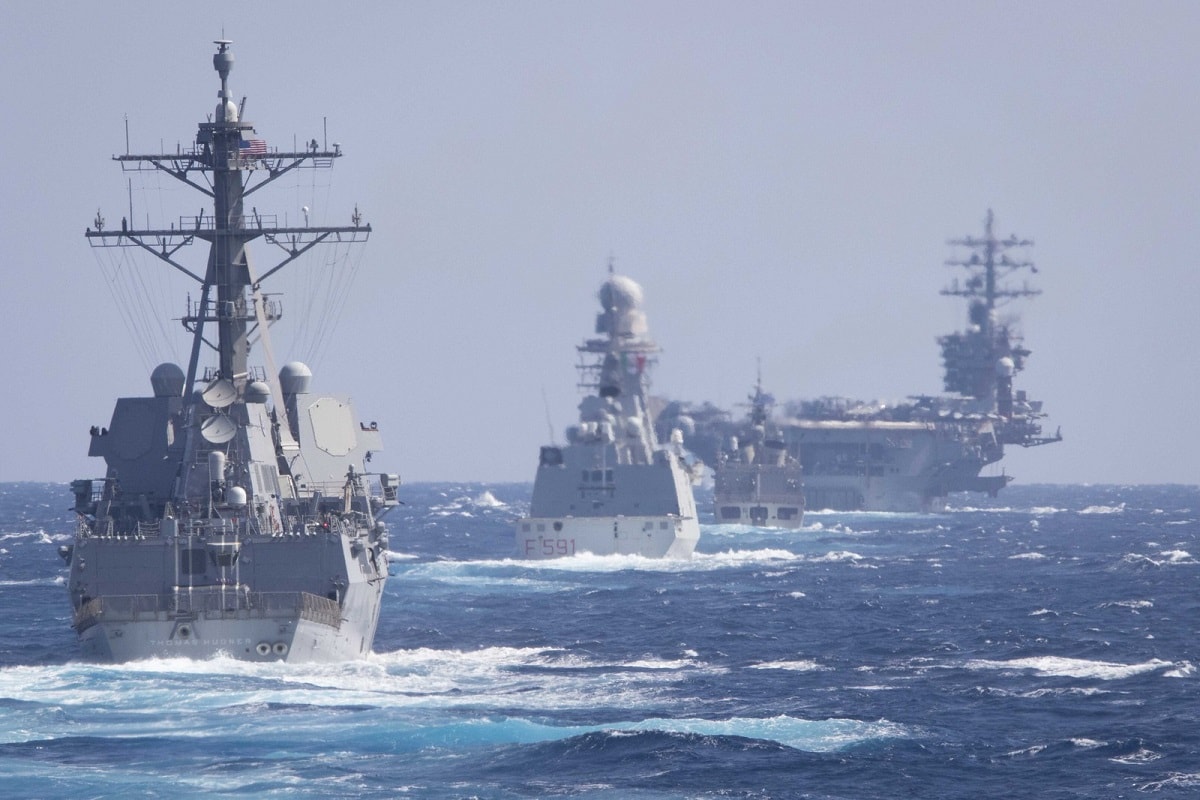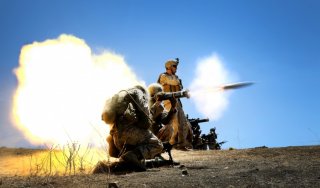By Alexey D. Muraviev
military and paramilitary activity in the region is revealing.
February this year was marked by a heightened Russian naval activity in the Indian Ocean. Russian naval task groups drawn from the Baltic and Black Sea fleets took part in two international naval exercises – one with Iran and another as part of Pakistan-led multilateral exercise AMAN 21. Russia’s military presence in the region will soon include a permanent naval replenishment facility as it seeks to promote itself as an alternative source of influence to other global powers, such as the United States and China.
Moscow has not publicly defined an Indian Ocean regional strategy, but an analysis of major doctrinal documents provides some clues about its thinking. Neither Russia’s 2013 Foreign Policy Concept document nor its 2015 National Security Strategy mention the Indian Ocean as a whole, but instead focus on specific regions in and around the region, such as South Asia, Africa and the Middle East.
Perhaps the best indication of a regional strategy can be found in the 2015 Maritime Doctrine, which identifies the Indian Ocean as one of six regional priority areas in the maritime domain (along with the Atlantic, Artic, Pacific, Caspian and Antarctic). The document lists the following objectives: Strengthening relations with India; the intensification of Russia’s commercial and other maritime activities in the area; and enforcing maritime security through a forward naval presence and good relations with regional states. In this, Russia’s growing involvement in the region appears driven by an overall objective of securing a long-term niche presence in a strategically important and lucrative part of the world.
















/cloudfront-us-east-1.images.arcpublishing.com/mco/343BACNJ5VERBEG34CS2SMDVDU.JPG)
/cloudfront-us-east-1.images.arcpublishing.com/mco/4SZJ2BISB5DWPLWWJYHQTPRGQU.JPG)
/cloudfront-us-east-1.images.arcpublishing.com/mco/KP45VGQHKFCVNHYINF6K5SXLW4.jpg)
